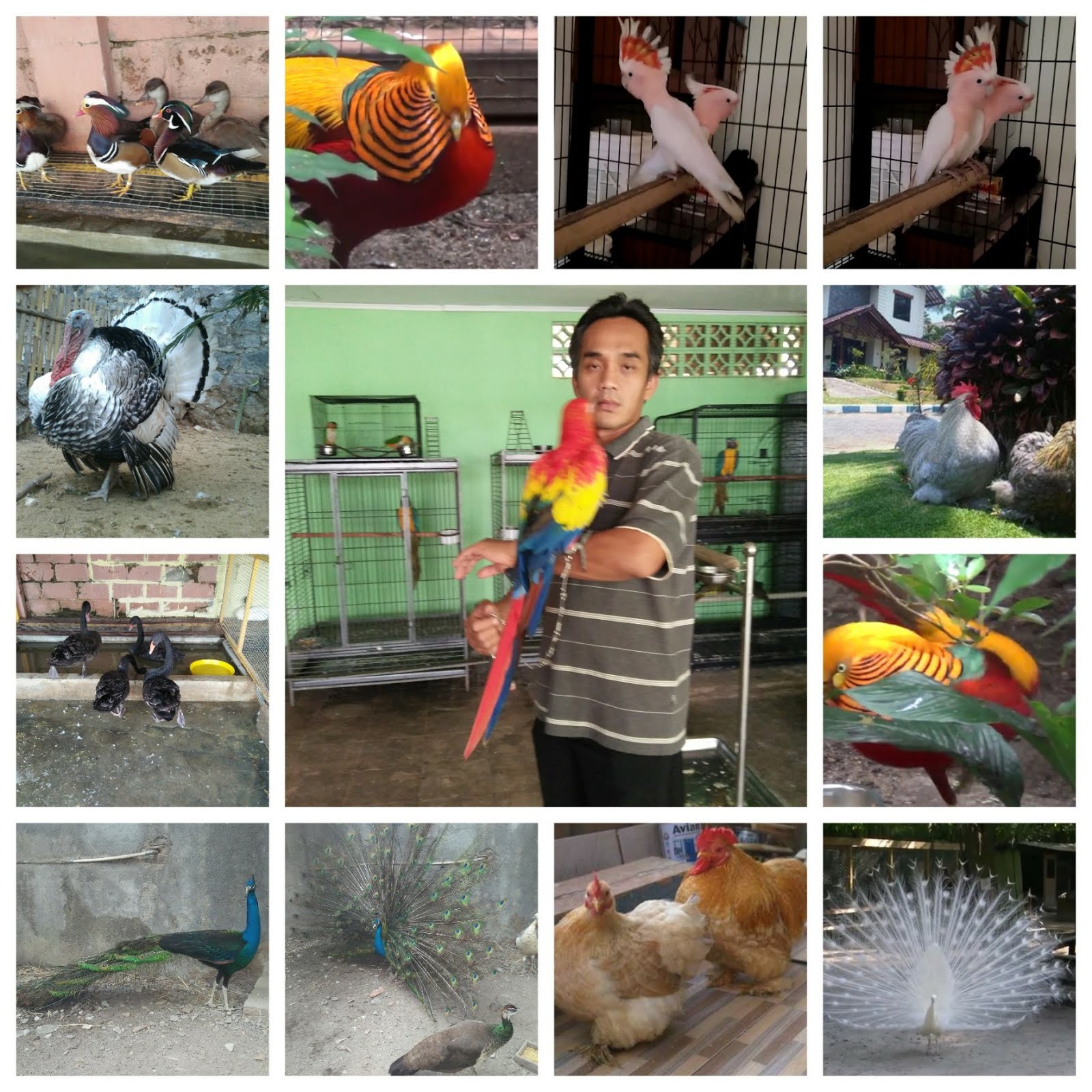The combustion process in a diesel engine is explained in detail as follows.
Fuel particles injected rom a nozle into the cylinder in the form of high pressure mist are heated by the high temperature and high pressure air. They ignite and burn when they begin to evaporate and are mixed with hot air.
The ilustration shows this process in terms of the pressure in reference to the crank angle. The combustion process can be divided into the following 4 periods.

1. Ignition Lag period.
During the period from A to B, fuel is injected from A in mist form, heated by compressed air in the cylinder and approaches the ignition temperature. Although this period is short, and the pressure does not increase suddenly, because the length o this period heavily influences combustion, it should be as short as possible. The length of this period is influenced by the ignitability o the fuel, the compression pressure and temperature of the air, and the injection state of the fuel.
2. Flame propagation period (Explosive combustion period).
This is the period from B to C in the ilustration. At point B in the ilustration the fuel prepared for combustion during the ignition lag period ignites at one or more locations in the gas mixture. This propagates very quickly to all parts, causing nearly simultaneous combustion. Fuel injected betwen B to C burns at the same time. As a result, the pressure increases suddenly. The increase in pressure is related to the quantity and the atomized state of the fuel injected during the ignition lag period. Most of the injected fuel is completely burnt by the end pf this period (C).
3. Direct combustion period.
This is the period from C to D. Fuel injection continues after point C. Fuel injection and combustion take place simultaneously because of the flames produced betwen B and C. Therefore, the pressure change between C and D can be regulated to some extent by controlling the rate of the fuel injection.
4. Post-combustion period.
Injection ends at point D in the illustration and the burnt gas expands. Any fuel that has not burnt completely burns during this period of expansion. The period after point D is called the post-combustion period.
If this period is too long, the exhaust temperature becomes too high and the thermal efficiency is lowered. Therefore, this period must be short. Combustion during this period is heavily influenced by the size and distribution of the fuel particles and their contact with the air.
Thus, combustion can be divided into four periods. The ignition lag period and the flame propagation period can be regarded as a preparatory period for the direct combustion period ; the quality of these periods gives a large influence on combustion.
Therefore, the initial injection pressure of the nozzle, the state of atomization, the compression pressure and the injection timing are important maintenance items for diesel engines.
Fuel particles injected rom a nozle into the cylinder in the form of high pressure mist are heated by the high temperature and high pressure air. They ignite and burn when they begin to evaporate and are mixed with hot air.
The ilustration shows this process in terms of the pressure in reference to the crank angle. The combustion process can be divided into the following 4 periods.

1. Ignition Lag period.
During the period from A to B, fuel is injected from A in mist form, heated by compressed air in the cylinder and approaches the ignition temperature. Although this period is short, and the pressure does not increase suddenly, because the length o this period heavily influences combustion, it should be as short as possible. The length of this period is influenced by the ignitability o the fuel, the compression pressure and temperature of the air, and the injection state of the fuel.
2. Flame propagation period (Explosive combustion period).
This is the period from B to C in the ilustration. At point B in the ilustration the fuel prepared for combustion during the ignition lag period ignites at one or more locations in the gas mixture. This propagates very quickly to all parts, causing nearly simultaneous combustion. Fuel injected betwen B to C burns at the same time. As a result, the pressure increases suddenly. The increase in pressure is related to the quantity and the atomized state of the fuel injected during the ignition lag period. Most of the injected fuel is completely burnt by the end pf this period (C).
3. Direct combustion period.
This is the period from C to D. Fuel injection continues after point C. Fuel injection and combustion take place simultaneously because of the flames produced betwen B and C. Therefore, the pressure change between C and D can be regulated to some extent by controlling the rate of the fuel injection.
4. Post-combustion period.
Injection ends at point D in the illustration and the burnt gas expands. Any fuel that has not burnt completely burns during this period of expansion. The period after point D is called the post-combustion period.
If this period is too long, the exhaust temperature becomes too high and the thermal efficiency is lowered. Therefore, this period must be short. Combustion during this period is heavily influenced by the size and distribution of the fuel particles and their contact with the air.
Thus, combustion can be divided into four periods. The ignition lag period and the flame propagation period can be regarded as a preparatory period for the direct combustion period ; the quality of these periods gives a large influence on combustion.
Therefore, the initial injection pressure of the nozzle, the state of atomization, the compression pressure and the injection timing are important maintenance items for diesel engines.





0 komentar:
Post a Comment